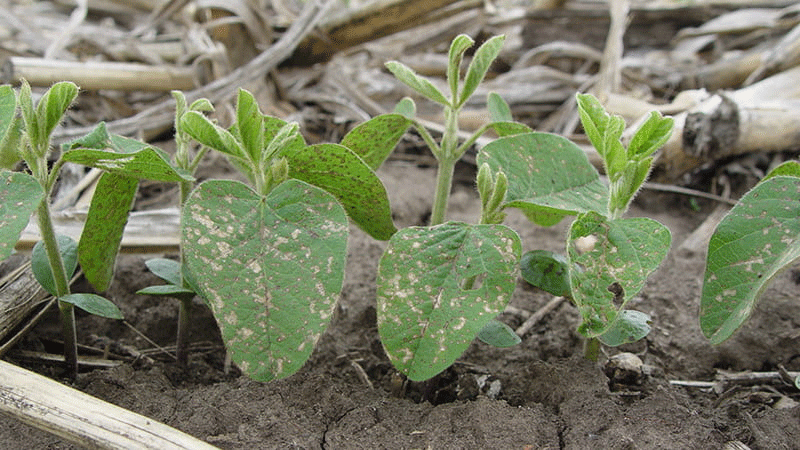Plant pathogens cause plant diseases and can damage plant health and productivity. In a variety of ways, these pathogens can interact with other microbes in the plant microbiome.

Microorganisms that live on a plant’s surface, in its roots, and in its internal tissues make up complex communities known as plant microbiomes. The health and development of plants are significantly influenced by these microorganisms, which also include bacteria, fungi, viruses, and archaea.
This microbiome includes plant pathogens as well, and the way these microbes interact with one another can have a big effect on how these microbiomes are organised and how they work.
Plant-Pathogen Interactions:
Plant pathogens are microbes that cause plant diseases and can damage plant health and productivity. In a variety of ways, these pathogens can interact with other microbes in the plant microbiome.
They can, for example, compete with other microorganisms for nutrients and space, changing the composition and structure of the microbiome. Plant pathogens can also secrete molecules that either inhibit or promote the growth of other microorganisms.
Impact on Plant Health:
Interactions between plant pathogens and other microorganisms in the microbiome can have both positive and negative effects on plant health. On the one hand, some microorganisms can protect plants from pathogens by producing antimicrobial compounds or inducing systemic resistance in the plant.
Pathogen-induced changes to the microbiome, on the other hand, can disrupt these protective interactions, increasing disease susceptibility.
Implications for Plant Disease Management:
Understanding the role of plant-pathogen interactions in the formation of plant microbiomes has significant implications for plant disease management. It may be possible, for example, to reduce the impact of plant pathogens on crop yields by promoting the growth of beneficial microorganisms in the microbiome.
Furthermore, focusing on specific interactions between plant pathogens and other microorganisms in the microbiome could open up new avenues for developing more effective disease control strategies.
Conclusion:
The intricate communities of microbes known as plant microbiomes are crucial to the health and productivity of plants. This microbiome includes plant pathogens as well, and the effects of their interactions with other microbes on plant health and disease can be profound.
An important area of study that has the potential to advance our knowledge of plant-microbe interactions and guide the creation of fresh disease prevention tactics is the understanding of how plant-pathogen interactions shape plant microbiomes.